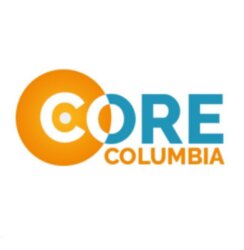Open enrollment is the period of time during which individuals and families can enroll in or make changes to their health insurance coverage. In the United States, open enrollment typically takes place annually, although some states have their own open enrollment periods that differ from the federal timeline. Below is a bit more background on how open enrollment works in the Washington Health Plan Finder and Covered California systems.
The Washington Health Plan Finder is the state’s online health insurance marketplace, where individuals and families can compare and enroll in health insurance plans. Open enrollment in the Washington Health Plan Finder typically takes place from November 1st to December 15th each year. During this time, individuals and families can enroll in a new health insurance plan or make changes to their existing coverage. It is important to note that outside of open enrollment, individuals and families may only be able to make changes to their health insurance coverage if they experience a qualifying life event, such as getting married or having a baby.
Covered California is California’s online health insurance marketplace, where individuals and families can compare and enroll in health insurance plans. Open enrollment in Covered California typically takes place from November 1st to January 31st each year. Like in the Washington Health Plan Finder, during this time individuals and families can enroll in a new health insurance plan or make changes to their existing coverage. It is important to note that Covered California has a special enrollment period for individuals and families who experience a qualifying life event, such as losing their health insurance coverage or getting married.
If you are in Washington or California and are considering enrolling in health insurance coverage or making changes to your existing coverage, it is important to keep in mind the open enrollment period for the Washington Health Plan Finder or Covered California. These open enrollment periods provide a critical opportunity to enroll in or make changes to your health insurance coverage, and missing the deadline could mean having to wait until the next open enrollment period to make any changes. It is also important to carefully consider your health insurance needs and compare plans to find the coverage that best fits your needs and budget.









